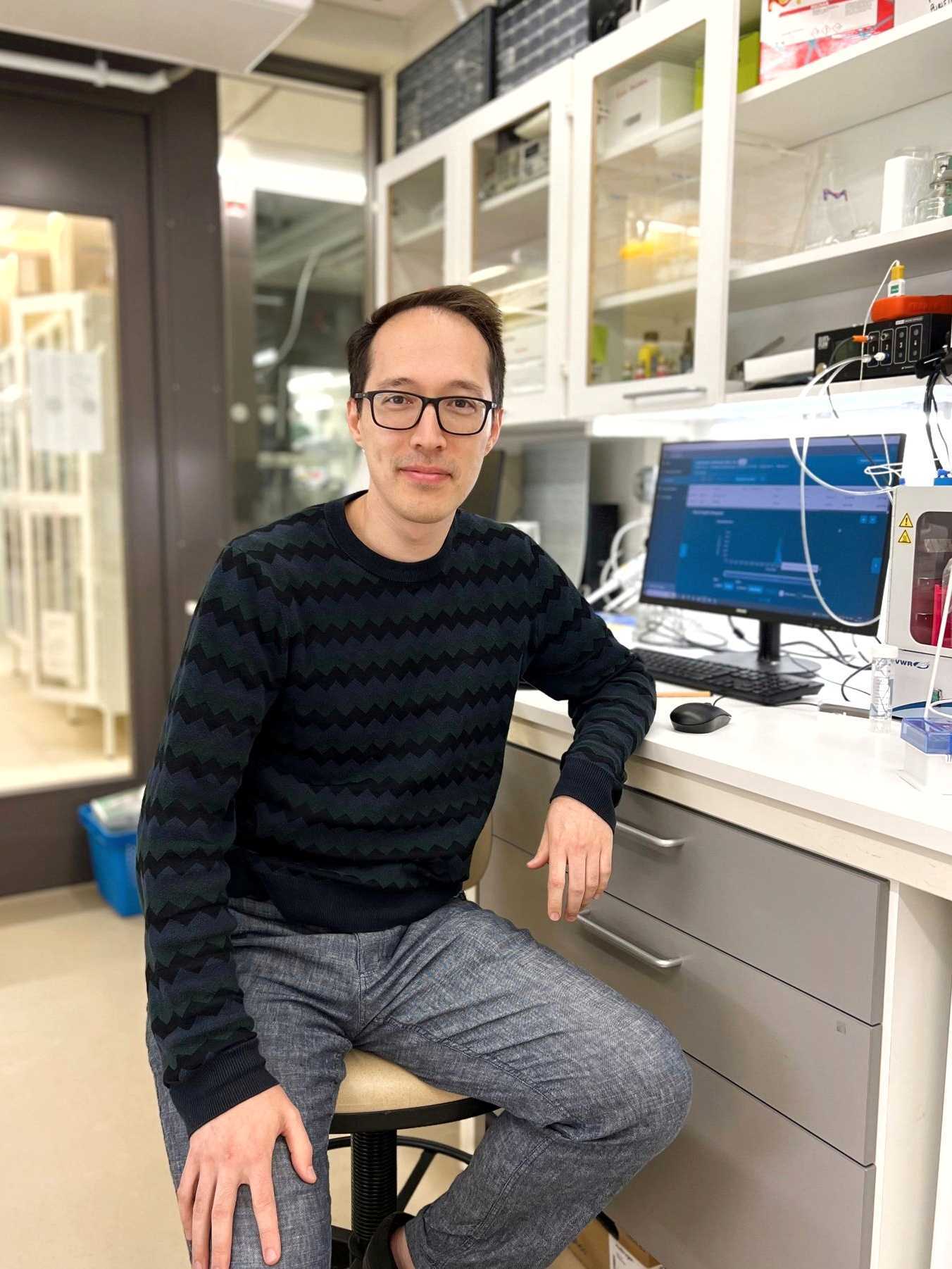Ian Hoffecker
Research Interest
The Molecular Programming group aims to develop novel biotechnologies that take their inspiration from information theory, graph theory, and classical engineering and computer science and apply them to the realm of biomacromolecules. This includes developing nucleic acid and enzymatic reaction-based strategies to achieve distributed computations, data storage, and other applications typically associated with traditional engineering. Currently, we are focusing on developing a DNA sequencing-based imaging alternative to traditional optical microscopy, whereby spatial information about molecules and their distribution in a cell or tissue sample are conveyed through the enzymatic self-assembly of a DNA-based network whose information can be recovered after sequencing.
This technique, in addition to breaking new ground in the fundamental physics of microscopy, promises to increase the multiplexing capabilities and automation potential of microscopic imaging – a technique that has traditionally been associated with low throughput, high user training demands, and limited multiplexability. This work is inherently multidisciplinary, requiring a combination of biophysics, computer science, mathematics, polymer chemistry, and molecular biology.
Our team aims to use both computational methods and theory combined with wetlab experimentation and hardware design to develop this technology and other disruptive methodologies to enhance research capabilities from the bottom-up, plugging our techniques into existing pipelines of other researchers at Scilifelab to achieve collaborative synergy and address longstanding challenges in the life sciences from new angles.
